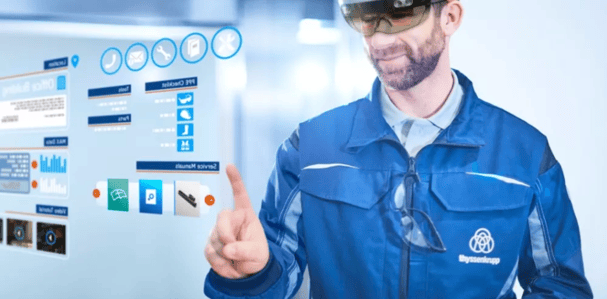One of the things that surprised me most about last year’s IMTS was the sheer number of virtual and augmented reality (VR/AR) devices present in the exhibitor booths. The HTC Vive and Oculus Rift were frequent sights, but even more surprising was the appearance of Microsoft’s Hololens.
“Surely,” I thought, “this is just a marketing gimmick. Manufacturers aren’t seriously considering using AR on the factory floor already, are they?”
And even if AR is ready for manufacturing, are manufacturers ready for AR?
What can this technology hope to contribute beyond commercial and advertising applications?
As it turns out, the answer is “A lot.”
The Reality-Virtuality Continuum
Although the ideas behind augmented reality have been around for some time, the technology is still very much in its infancy. For that reason, the terminology can get a bit confusing. For example, the title of this article implies that its focus is augmented reality, but technically it’s “mixed reality”, which is a broader category.
Both of these concepts can be understood in terms of a continuum, with real environments at one end and wholly virtual environments at the other. In between lies augmented reality, as well as augmented virtuality. This in-between space in its entirety constitutes mixed reality. Continue reading article







